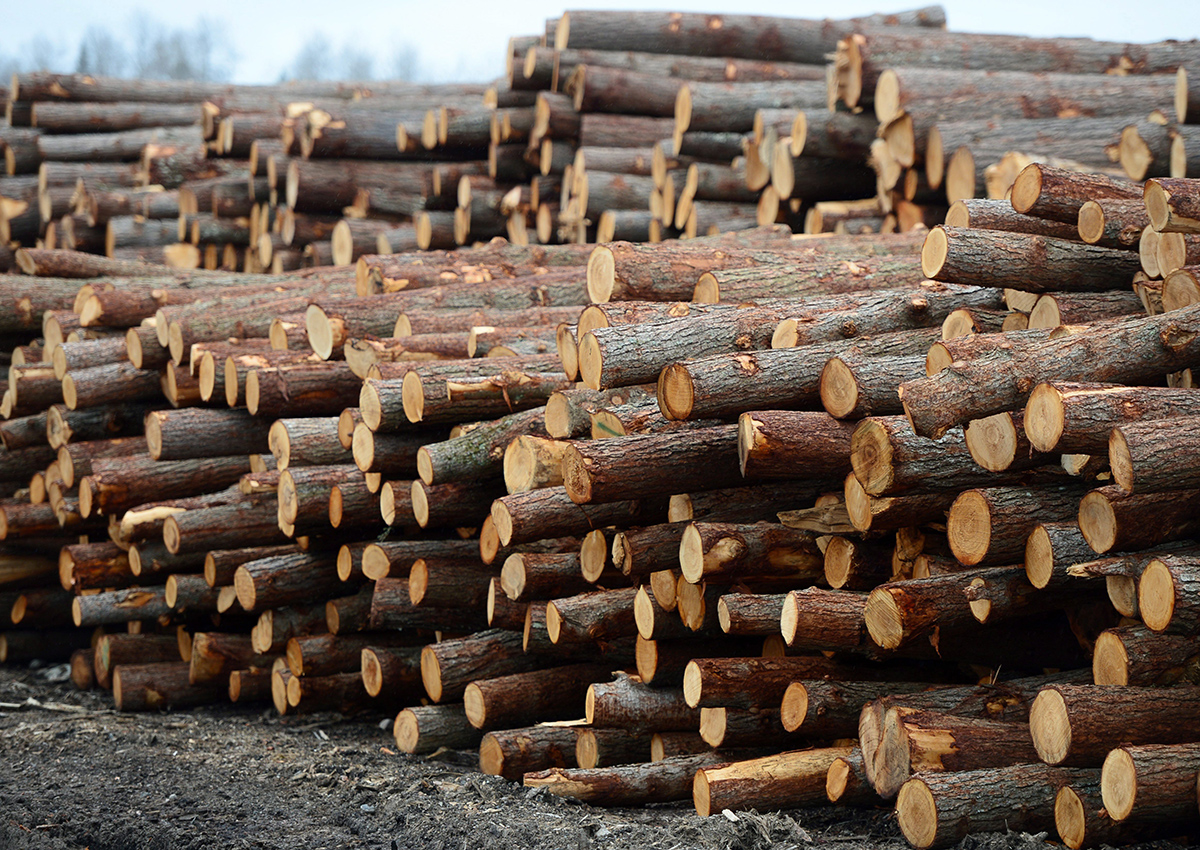The Trump administration’s tariffs on Canadian softwood lumber are pushing up the cost of wood, claims the U.S.-based National Association of Home Builders (NAHB), adding approximately USD $9,000 to the cost of single-family homes in the United States.

WATCH: Softwood lumber remains a ‘trade irritant’ between Canada, U.S.: Freeland

The statement goes on to suggest that the 20 per cent tariffs on imported Canadian lumber, which were implemented last November, have also added as much as USD $3,000 to the average price of a multi-family unit.
Randy Noel, chairman of the NAHB, writes that the association told Commerce Secretary Wilbur Ross in a meeting that the lumber prices are continuing to climb, and the problem is only exacerbated by tariffs on Canadian softwood lumber imports.
“Today, we discussed with Secretary Ross our mutual concern that lumber prices have risen sharply higher than the tariff rate would indicate, and that this is hurting housing affordability in markets across the nation,” Noel said in the statement by the NAHB.
WATCH: Canada won’t back down on WTO softwood lumber case, but willing to negotiate

He added that the group urged the secretary to relaunch negotiations with Canadian officials to prevent housing from becoming even more unaffordable for American families.
“We also encouraged the secretary to return to the negotiating table with Canada. It is essential that the two sides resume talks and hammer out a long-term solution to this trade dispute that will ensure U.S. home builders have access to a stable supply of lumber at reasonable prices to keep housing affordable for hard-working American families.”
Canadian lumber imports are currently the largest supplier to the annual U.S. softwood lumber market, accounting for about 28 per cent of U.S. sales per year over the past decade.
WATCH: Trudeau responds to backlash on Trump putting tariffs on softwood

Oxford Economics offered an explanation for the price increases in a note this past week, and argued that the hikes are especially bad news for first-time buyers.
“Although the supply of new homes for sale has been rising since 2013, much of it has been larger, more expensive properties. Home builders have increased construction of entry-level homes, but cost pressures related to labor shortages, soaring materials prices and regulation will limit the building of smaller homes,” the memo read.
In April 2017, when the possibility of tariffs on Canadian lumber was still merely a threat, the NAHB predicted that such a trade action could add USD $1,236 to the average price of a single-family home.
At the time, Secretary Ross maintained that implementing the motion would have little effect on the cost of housing.
The warnings against the tariffs don’t stop there, though.
“Disruptions, even if temporary, will eliminate jobs in the U.S. and damage the financial stability of the U.S. mattress manufacturing base,” wrote Stephen McLaughlin, vice-president of global sourcing for Kentucky-based Tempur-Pedic, last May.
According to the Chicago Mercantile Exchange, reported by USA Today, lumber futures hit a high of USD $639 per 1,000 board feet this past May. While they’ve since pulled back to USD$547 since then, the levels are still far above those of a market that’s rarely surpassed USD$400 in the past few decades.




Comments